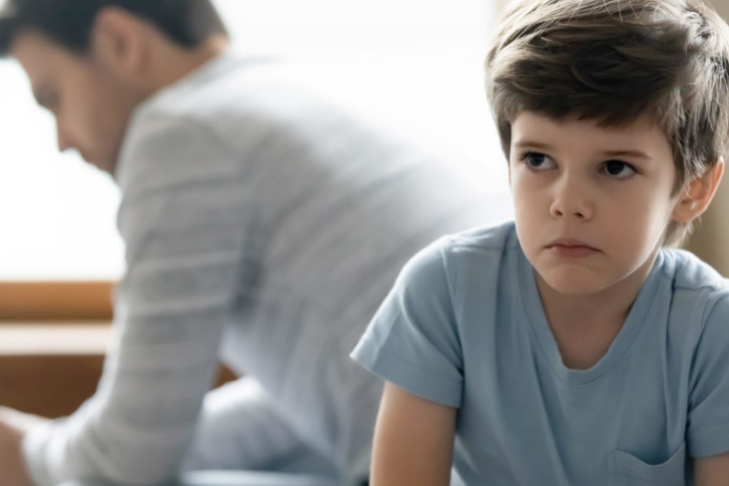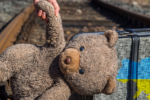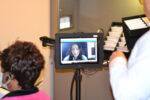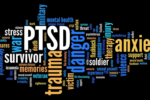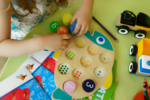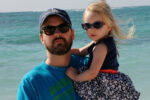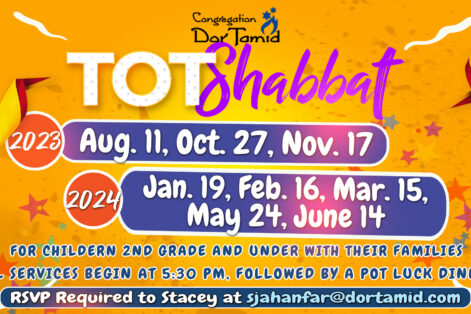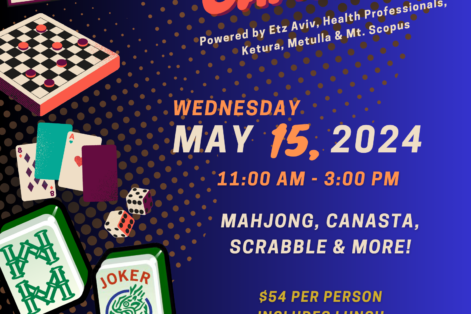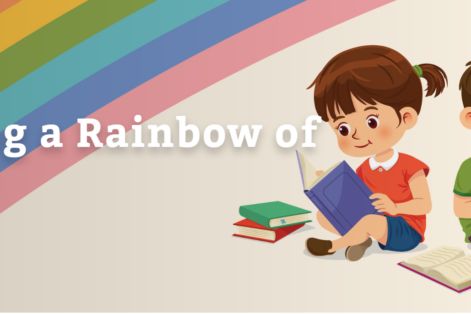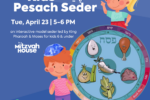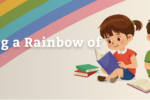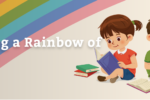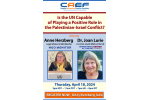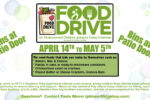All well-adjusted children push boundaries and fuss. Sometimes kids do things you don’t want them to do, and sometimes they won’t do what you need them to do. Maybe they want something they can’t have or refuse today to do the thing they did so easily yesterday. These are all expected explorations of kids’ boundaries—where their needs and desires smack up against yours. The big question is, what happens next?
If what happens next is an epic meltdown or implosion, or if it’s so unpredictable that you walk on eggshells to prevent it, then you might have yourself an inflexible or explosive child.
Before I proceed, let me say this: If you come across a friend, professional, or resource that attempts to shame or blame you for how you have parented your child, back away carefully and quickly. I am going to go ahead and assume that you have only your family’s interests at heart and that you are doing the best you can at every given moment. Please don’t let anyone convince you that you have done anything wrong. It’s possible that your approach isn’t a match for your child right now, and some things might need adjusting, but shame and blame have no place in this conversation.
That said, there is a straight line between emotions, inflexibility, and explosiveness in some children.
In attempting to untangle what’s going on with your child, an excellent first literary line of defense is How to Talk So Kids Will Listen and Listen so Kids Will Talk by Adele Faber and Elaine Mazlish. Originally published in 1980, this classic book tackles helping children identify and deal with their feelings, engaging with children cooperatively (not confrontationally), and finding alternatives to punishment. While many of the ideas won’t be new to parents who feel like they’ve tried everything, the book offers a valuable review, and it’s helpful to have all this information in one place.
For parents who find phrases like “engaging with children cooperatively” and “alternatives to punishment” hilariously quaint given their family situation, I give you Kids, Parents, and Power Struggles by Mary Sheedy Kurchinka. The premise of this book is that ongoing power struggles hint at some deeper disconnect between children and their grown-ups. This disconnect might be a mismatch between intention and tone, a discrepancy between the situation and the intensity of the reaction, or a misunderstanding of temperaments or emotions. The author provides some background information on these topics and then moves into exploring ways to encourage empathy and reinforce connections. Even for well-seasoned parents, there’s a lot of wisdom here, both in the topics the author has chosen to explore and the way she relates the topics to each other to form a clear picture of power, boundaries, and connection.
There’s a chapter in Kids, Parents, and Power Struggles called “When the Struggles are More Than Normal.” Just the title of the chapter should provide comfort for families who know that their child’s anxiety, rigidity, and volatility far exceed the bounds of normal (I know lots of people struggle with the word “normal,” but for those living outside the bounds, my meaning is abundantly clear).
So, these final resources are for families who feel completely adrift and alone due to their child’s unpredictability, families who are increasingly isolated because they don’t know what they’re waking up to each day, or families who feel they are living moment to moment (emotionally). If this is you, please get your hands on a copy of The Explosive Child by Ross W. Greene. The book begins by focusing on the concept of lagging skills. Specifically, Dr Greene posits that, “Just as some kids lag in acquiring certain academic or athletic skills, others—the kids this book is about—lag in some other very crucial skill areas: flexibility, frustration tolerance, and problem solving” (page 12). He then transitions into explaining his Collaborative Problem Solving (CPS) Approach. The author himself admits that this is not a technique or quick-fix. It is a slog, but a purposeful one. While the name might sound like another fluffy version of “engaging with children cooperatively,” it is an evidence-based treatment approach to addressing lagging skills and solving problems backed by tons of research and bolstered by abundant supporting materials. If the book speaks to you, there’s a clinical version for mental health professionals (if you’ve come this far you can consider yourself in this group, if informally) called Treating Explosive Kids, and a life-changing website for parents and professionals called Lives in the Balance https://www.livesinthebalance.org/. The website contains background information laid out in the book and offers a “walking tour” of video and audio clips to guide you through the key elements of the CPS model. I prefer starting with a book in my hand, but if you’re more comfortable starting online or can’t get your hands on the book, the website is a solid place to begin.
Part of what is so hard about helping children and families untangle challenging emotions and problematic behaviors is that there’s no one-size-fits-all approach, and the target is constantly in motion. No matter how many times you tell yourself that tomorrow is a new day to try again, parents are exhausted and disheartened, and children are overwhelmed and confused. Everyone is untethered.
But there is hope and support for your family. It is not going to be easy, but it is possible. So, get yourself another cup of coffee, and give one of the above books a try. If you’d like to work with me one-on-one on these or any other parenting issues, please reach out to cnemwn@jfcsatl.org.
This post has been contributed by a third party. The opinions, facts and any media content are presented solely by the author, and Atlanta Jewish Connector assumes no responsibility for them. Want to add your voice to the conversation? Publish your own post here.
